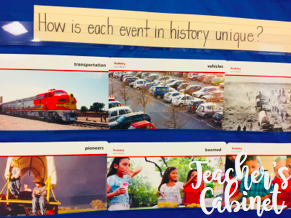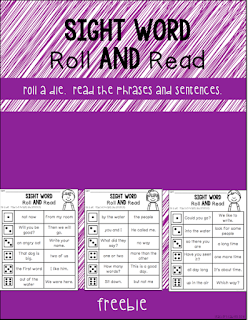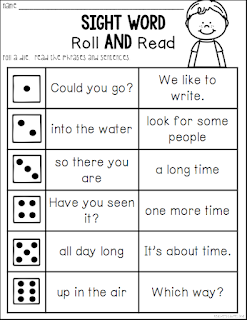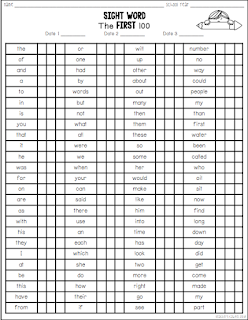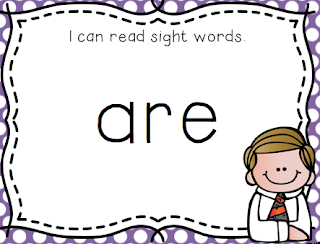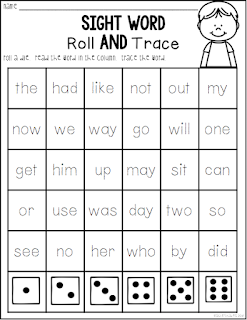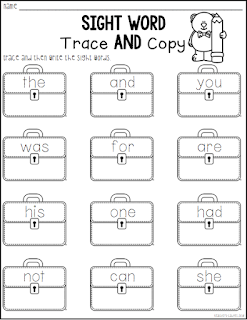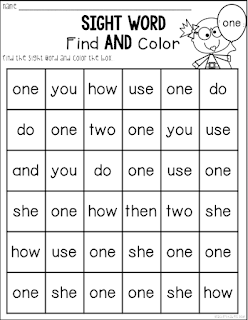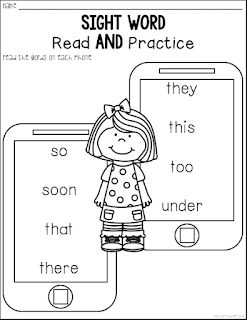Let's start with what the students are doing. Each week, students get one page back-to-back. Pages look similar, but they are leveled and match the color of the books. Each page has the unit, the week, and the color of the leveled reader on the top right corner. No confusion here!
The front of the page tells the students what they need to work on for that day. There is not a Day 3, but you can put an activity in there. We have weekly early release days, so we loose our small group time on those days. You may want to use this day as a catch up day or meet with a struggling group.
The back of each page has a graphic organizer that aligns with the skill for the week. I use this an the activity I use when I meet with each group to ensure they are understanding the skill.
The questions are broken down into days. I only give two or three questions a day because I want students to find textual evidence and really discuss the questions.
I meet with my students as follows.
- Day 1 - Orange Group - Approaching
- Day 2 - Purple Group - English Language
- Day 4 - Green Group - Beyond
- Day 5 - Blue Group - On Level
I meet with my approaching group first because I want to make sure they have the support they need to work independently for the week. They way our schedule works this year, they get small group before I do my whole group lesson, so it becomes a pre-teaching experience for them. They build confidence for the lesson I will teach later that day.
I meet with my EL group the second day because I want them to attempt the questions and then do my small group based on how they are doing. This allows me to teach them the skill and review they questions they have completed.
I meet with my high fliers on the fourth day because I want to make sure they are understanding what they are doing and to make sure they are getting challenged. While their questions are more challenging and higher DOK levels, they need me to guide them to higher level thinking.
My on level group meets with me at the end of the week because I know they've got it. Obviously, I check in on them in the beginning of the week and throughout, but they usually know exactly what I expect.
The next biggest question I get is "How do you ensure students are doing what you want?" It is all about setting your expectations! Classroom routine is key here. The worksheets allow you to hold students accountable, but they need to know the expectations. Each of my groups has a reminder that I made for them. When you grab my worksheets, I included the page shown above, so you can leave a reminder for students.
Lastly, teachers want to know how I keep this all organized. Each group has a basket. They are color coded to match the leveled readers. In the basket, students keep their materials for the week, which includes these pages, the leveled readers, and a reminder of what the small group expectations are.
At the end of the week, students turn in their worksheet. Before I go home for the day, I change out the baskets. I put the new books in and the new worksheets. This is also when I change out the vocabulary wall and everything else.
It only takes me a few minutes and everything is set to go for the next day. Here is how I store my leveled readers.
I keep everything in my filing cabinet. Each week within each unit gets it's own file. Not only do I keep my leveled readers in here, but I also keep my vocabulary cards, essential questions, and everything else that goes with that lesson.
Grab your copy of my small group units. I have Unit 4 for 3rd grade completed at this point. More are coming as I use them in my classroom!
Are you implementing small group in your classroom? I'd love to here how you do that!







